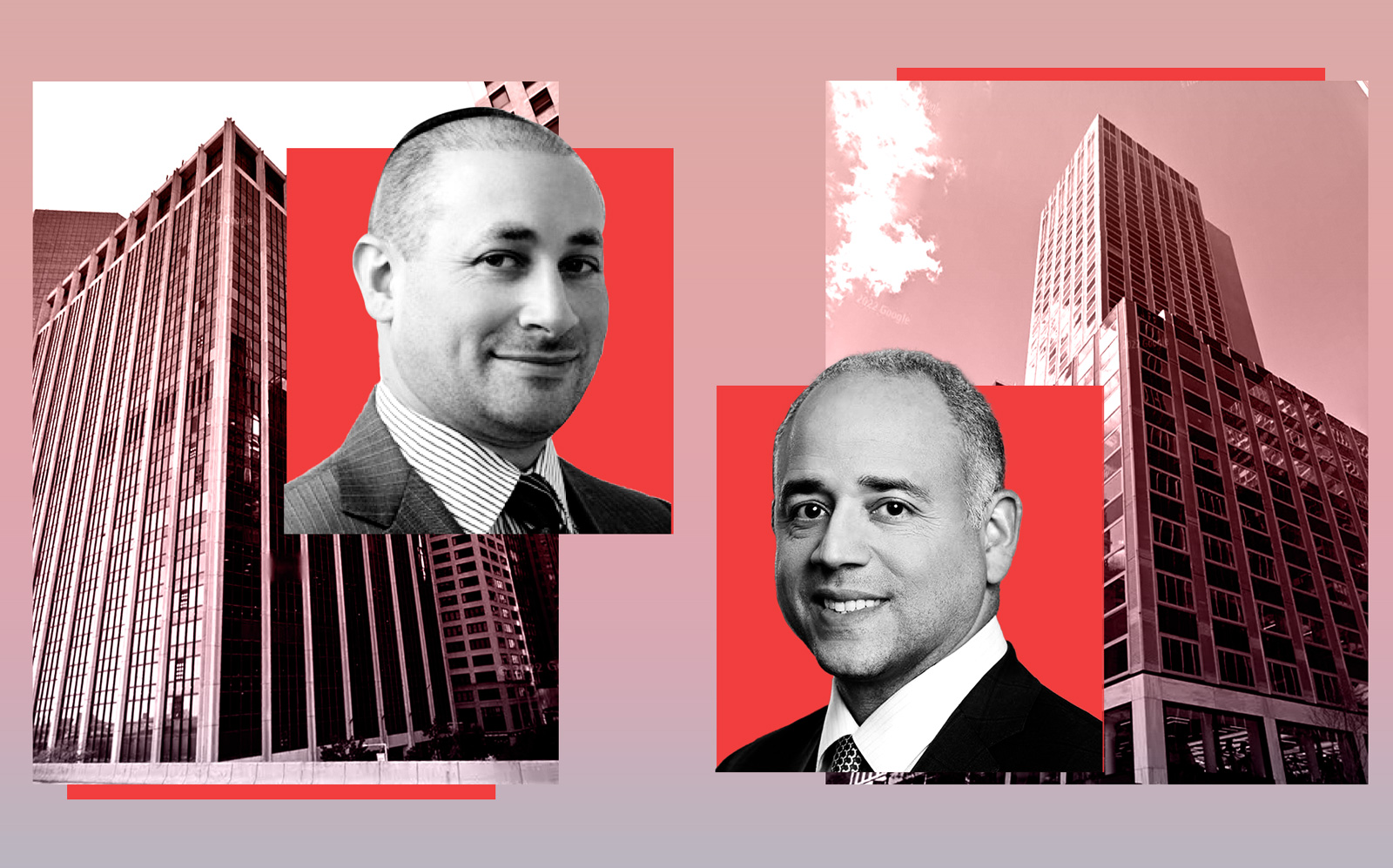
Trending
New hope for the NYC’s struggling C-PACE program
New state guidance could energize stalled program targeting eco-friendly upgrades in the city’s aging buildings.

After a half decade of sluggishness, a green lending program in New York City may finally get a much needed boost.
C-PACE, or Commercial Property Assessed Clean Energy, offers developers and owners low rate financing for green building upgrades through a tax assessment. When the city approved its own C-PACE program in 2019, hopeful lenders expected NYC to become a hot spot due to its large, aging building stock. But in the half decade since approval, the program has eked out only three projects.
Some in the C-PACE industry say the years of inaction from the city allowed the program to lose its former luster. But long-awaited changes that could help unstick the city’s program are on the near horizon, thanks to new state guidance.
When C-PACE passed as a part of the city’s Climate Mobilization Act in 2019, it faced predictable hurdles. A C-PACE loan sits ahead of senior loans in the capital stack, so senior lenders need to be persuaded to give projects the thumbs up. But while C-PACE programs across the country found their rhythm, experts said investors and developers in the city didn’t get a chance to get comfortable as the program was slow to take off and proved restrictive in its design.
“It’s been very frustrating that C-PACE has not been more successful and prevalent,” said YuhTyng Patka, a real estate tax attorney at Adler & Stachenfeld. “It’s certainly not due to lack of borrower interest.”
Taking down a tall order
At the outset of the program, only existing buildings were eligible to qualify for a C-PACE loan — no new constructions and buildings with ground leases. Even after the city opened up the program to new construction last year, those rules were subsumed by state guidelines requiring projects to prove a dollar of savings for every dollar of C-PACE money sought. This is known as the savings-to-investment ratio, or SIR.
Experts like Patka said this is a difficult threshold to meet due to New York City’s high construction costs.
But late last month, the New York State Energy Research and Development Authority published changes to their guidelines. The relevant changes have to do with those restrictive cost-benefit ratios that hamstrung both renovations and new construction projects.
Both city officials and the New York City Energy Efficiency Corporation (NYCEEC) — the city program’s contracted middleman — said this news means local changes are coming. Potential new city guidelines could waive the SIR formula for fully electric construction projects, and also make retrofits easier to boot.
Kathleen Schmid, deputy executive director of the Mayor’s Office of Climate and Environmental Justice (MOCEJ), said they are still unpacking the new guidance.
“We’re incredibly excited about the guidelines,” Schmid said. “Their applicability to new construction, their increased flexibility when it comes to electrification, among other things.”
Kyle Madden-Peister, senior legal associate at NYCEEC, said they would soon release updated documents to allow for new construction and ground lease projects under the program.
“We do think that, in the second half of 2024, there will be increased submissions in both new construction and retrofit projects,” Madden-Peister said. “And we do think that that will really help push the C-PACE market in New York City forward”
Robbie Pinkas, senior vice president of originations at PACE Loan Group, said he expects to see numerous closings every quarter once the new guidelines are out.
All of this is exciting for C-PACE lenders, as well as developers and owners anxious to meet greenhouse gas emission limits set by Local Law 97, but industry leaders still wonder: What took so long? Patka said some of the excitement that once surrounded the program has fizzled out.
“I know C-PACE lenders who have written off New York City,” Patka said. “[The city] was originally the hottest ticket in town when it came to C-PACE, because of the potential opportunities. Think of the size of the loan that would be needed to renovate and restore and build new here. Everyone was super excited, but it’s been five years, half a decade, and we’ve only had three loans.”
Even Texas-based PETROS Pace, which financed the first C-PACE deal in NYC in 2021, eased off the gas in NYC.
“We took some time off, because we weren’t going to get clients ready to go, and then have to hurry up and wait,” said Mansoor Ghori, the firm’s CEO. “So we didn’t push too hard, until we knew that something was coming out.”
From the outset, the program was a victim to the usual bureaucratic morass.
“I think there’s a lot of different agencies that are involved and trying to kind of put their fingerprint on this,” Pinkas said. “And they don’t always work together seamlessly”
Explaining the C-PACE ecosystem can be a game of alphabet soup. There’s MOCEJ, which sets policy decisions for the scope of the program. MOJEC directs the NYCEEC, the program’s third-party, non-profit administrators. MOCEJ and NYCEEC work in conjunction with the Department of Finance. Then they are all subsumed by NYSERDA, the state agency.
Read more



If it sounds confusing, that’s because it is. Who — if anyone — in the city was pushing this program forward over the past five years is unclear even to some in the industry.
According to Schmid, the city’s point person for C-PACE is Joe Chavez, the deputy director of clean and resilient buildings at MOCEJ. Chavez took on the role less than two years ago. In addition to the myriad of involved agencies, the program has also undergone pauses, a political regime change, rulemaking processes and a pandemic.
“We needed a government quarterback that was passionate about creating a functional program for the city,” Pinkas said.
This particular process with NYSERDA began early this year, according to Michael Yaki, SVP and senior counsel of policy and programs at PETROS Pace. NYCEEC, alongside C-PACE lenders, pushed the state to find a way to unleash C-PACE for new construction.
Ghori said new deals in the city are already on the horizon for his firm, citing one “fairly large transaction,” just waiting for the program to get up to speed.
“We’re crossing our fingers,” Ghori said. “We’re cautiously optimistic, but it certainly has taken a lot longer than everyone wanted.”




